 Today we introduce The Night Village. When Australian expat Simone moves to London to start a career, getting pregnant is not on her agenda. But she’s excited to start a new life with her baby and determined to be a good mother, even though her boyfriend Paul’s cold and grey apartment in the Barbican Estate seems completely ill-suited for a baby. In this blog piece author Zoe Deleuil shares how brutalist architecture informed her new novel. Over to you, Zoe
Today we introduce The Night Village. When Australian expat Simone moves to London to start a career, getting pregnant is not on her agenda. But she’s excited to start a new life with her baby and determined to be a good mother, even though her boyfriend Paul’s cold and grey apartment in the Barbican Estate seems completely ill-suited for a baby. In this blog piece author Zoe Deleuil shares how brutalist architecture informed her new novel. Over to you, Zoe
A landmark of brutalist architecture, The Baribcan estate is an estate of some 2,000 apartments, in the heart of the London’s financial district, with three looming tower blocks and a famed cultural centre at its heart. The landscaping is pared back to symmetrical ponds and vast expanses of brick paving, the balconies have curved balustrades of rain-stained concrete deep enough to sit on, and the apartments are warm and sealed and quiet, and sell for millions to architects and magazine editors and well-heeled London creatives. It was home to Australian writer Clive James and is rumoured to be the inspiration for J.G. Ballard’s 1975 novel, High-Rise.
Designed by Chamberlin, Powell and Bon architects and completed in 1976 on a World War Two bombsite, it’s also famously difficult to navigate. Anyone who has tried to see a movie or performance at the Barbican Centre will know the rising panic of careening down deserted walkways and dead-ending in locked stairwells with Residents Only signs, before bursting into the buzzing foyer of the arts centre, sweaty and bewildered. I’ve even heard of a man stumbling onto the stage of a Shakespeare performance in a failed bid to find his seat. On a grey afternoon in mid-winter the place can feel downright post-apocalyptic. As a setting for a novel about a sleep-deprived and isolated new mother, it was filled with dramatic potential.
 The Night Village opens with my main character, Simone, bringing her newborn son home to the Barbican apartment owned by her boyfriend, Paul, an urbane Londoner she’s known for one year. A few weeks later, Paul’s cousin Rachel turns up.
The Night Village opens with my main character, Simone, bringing her newborn son home to the Barbican apartment owned by her boyfriend, Paul, an urbane Londoner she’s known for one year. A few weeks later, Paul’s cousin Rachel turns up.
I have a clear memory of Rachel appearing at the door, eyes averted, walking into the apartment and simply staying. I didn’t know what she wanted from Simone and her baby, and it took many drafts until I found out.
As Simone fights rising unease and sleep deprivation, the apartment walls start to close in. Far from her Australian family, the bleak winter setting, the lack of community and the isolation of early motherhood all heighten her isolation.
When writing The Night Village I wanted to explore how architecture can favour the able-bodied and unencumbered, and how landscapes – both interior and exterior – can feel threatening when you have to navigate them with a tiny baby. You get the impression that the architects who designed the Barbican didn’t spend much time looking after small children. It may be a lofty masterpiece of brutalism, but it’s not a place that embraces its inhabitants, least of all its more vulnerable ones. The brick courtyards are unsuited to ball games, the walkways are deserted and spooky, and a toddler could tumble silently into one of those Instagram-able green pools and drown in minutes. Simone doesn’t meet, or even hear, her neighbours through the soundproofed walls, and the men who guard the front desk of her tower block never acknowledge her as she passes them.
If I were writing an architectural history of the Barbican I would be more reverent and detached, but a novel is not about the architectural merits of a place, it’s about how that place makes its characters feel. The beauty of writing a novel is that you can follow your intuition, home in atmosphere and the smallest details to hopefully bring a building or street or city to life for your readers. As I tackled my first draft on sweltering summer afternoons in Perth, Australia, it was wonderful to escape to the northern hemisphere in my imagination – to summon up sealed, overheated rooms, bare winter landscapes and milky London light. With the help of real estate websites, Google Maps and YouTube I retraced my steps, identified street names and bus routes, and even wandered through apartment interiors for inspiration.
Making a building a character is a hallmark of gothic novels – look at Manderley, Hill House, Wuthering Heights and even Foxworth Hall. It’s not a new trick, but by finding the right building it’s one you can make your own. I had a lot of fun wandering around the Barbican when geography and two young kids meant a real-life visit was out of the question – and when you are working on something as long as a novel, it’s worth making it fun however you can.
In a strange way, setting a novel in the Barbican has made me fonder of the place. Sometimes a place captures your imagination not because it’s beautiful, but because it’s intriguing. The Barbican is a unique development, worshipped by design fans worldwide. But it’s also a little sinister and disorienting and weird. It’s easy to imagine people hiding from the world there, or hiding from themselves.
Thanks for visiting, Zoe. The Night Village (Fremantle Press) is available in all good bookstores and online https://www.fremantlepress.com.au/products/the-night-village



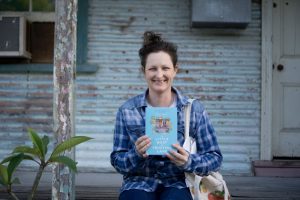

 Fogarty Literary Award, ‘an engrossing war story and a captivating tale of love and obsesssion’. In this post Michael shares where his inspiration came from.
Fogarty Literary Award, ‘an engrossing war story and a captivating tale of love and obsesssion’. In this post Michael shares where his inspiration came from.


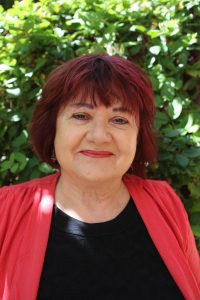 Midalia shares how loss compelled her to become a writer.
Midalia shares how loss compelled her to become a writer.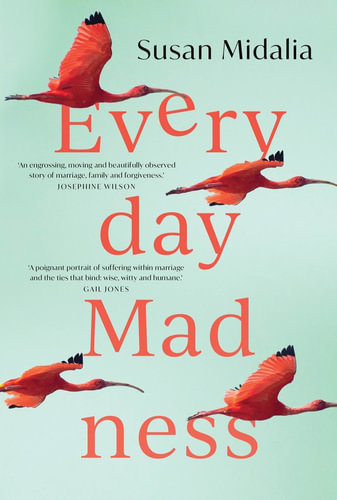
 passionate about, because that’s why I wrote
passionate about, because that’s why I wrote 
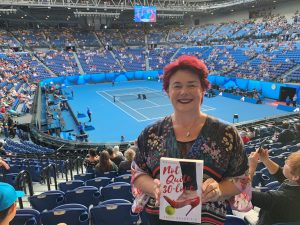
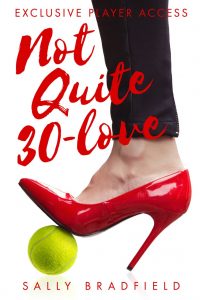
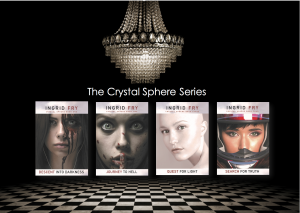 compelled to lead her partner Jason, an eclectic entourage of humans, and a telepathic beagle into battle against a dark force and a very nasty villain intent on destroying humanity.
compelled to lead her partner Jason, an eclectic entourage of humans, and a telepathic beagle into battle against a dark force and a very nasty villain intent on destroying humanity.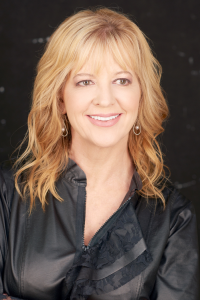 Ingrid was born and raised in Berkhamstead in the UK but spent much of her childhood commuting between England and Austria. Emigrating with her parents many years ago, she has called Australia home ever since.
Ingrid was born and raised in Berkhamstead in the UK but spent much of her childhood commuting between England and Austria. Emigrating with her parents many years ago, she has called Australia home ever since.